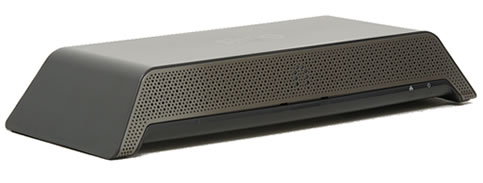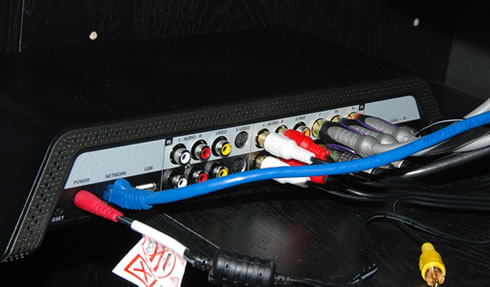Some of the best inventions are envisioned when ordinary people find a void in the marketplace and aim to exploit it. The Slingbox concept was developed by two sports fans in 2002 when they were away from home and missed some key MBL baseball games. Three years later, the Slingbox became a reality.
The Slingbox is a placeshifting/media extending device, meaning that it allows you to listen or watch media remotely over the Internet. Placeshifting has been around since the 1980s but it wasn't until just a few years ago that it took on an integral role in consumer electronics. Sling Media is not the only brand on the market and was not even the first to produce such a product, but they are arguably the most popular and well-known among consumers today.
The latest Slingbox model is eloquently called the Slingbox Pro-HD, as its name suggests, the Pro-HD offers high-definition streaming to Windows-based systems out of the box as well as other notable improvements over the previous Slingbox Pro. We will also be taking a look at the optional SlingLink Turbo 1-Port accessory which lets you extend your wired connectivity at home using power lines.

Sling Media recommends fairly modest system specs for standard definition streaming. On the Windows side, a PC with at least 1GB RAM will work fine, though 2GB is recommended. Mac specs even mention the aging G4 CPUs, so that should give you an idea of what's required in terms of horsepower. For high definition, however, Sling Media recommends a more powerful CPU: at least 3GHz if single core, or 2GHz if dual core. Streaming in HD is currently only available for Windows systems. For network connection speeds and more detail on specs requirements you can see their official site.
Inside the box we found the Slingbox Pro-HD device, an user guide, FCC digital TV transmission notice, stereo audio cable, composite AV cable, AC adapter, remote control IR cable, Ethernet cable, S-Video cable, component video cable and a coaxial cable.

The Slingbox Pro-HD shares the same trapezoid shape as previous Slingboxes, but that is where the similarities end. Gone is the obtrusive red color that stood out like a sore thumb against other home theater equipment.
The front of the unit is grey and perforated with the Sling Media logo in the center. This logo consists of eight LEDs which light up red in an animated fashion when the Slingbox is being accessed. Two other LEDs, network and power status, can be found on the bottom right of the unit.
The top and sides of the unit are constructed of solid plastic with the Sling Media name centered on top. Around back are all of the different connections. From left to right, we have: the reset button, AC power port, network jack, USB port, SD audio / video ports, HD audio / video ports, IR receiver port and digital antenna connections. The top sections in grey are inputs and the bottom ports in black are output. The USB port on the back of the device currently has no function and according to a Sling rep. it's meant "for future use".

The Pro-HD supports multiple inputs, so you can simultaneously connect a variety of devices at once. Supported audio and video sources include: basic cable TV set-top box or digital cable set-top box, digital video recorder (DVR), DVD player, satellite receiver, video/security camera, Apple TV, Windows Media Center, antenna and digital cable (clear QAM), also known as DTV cable.